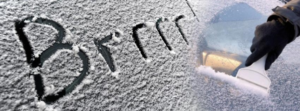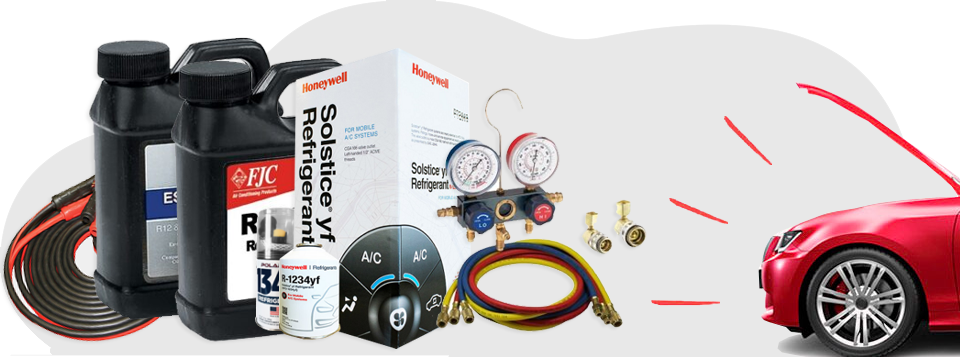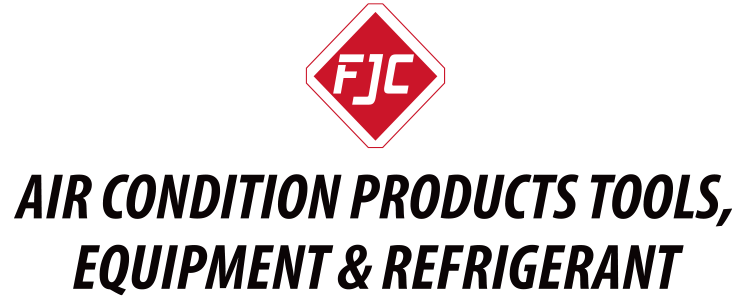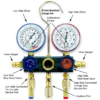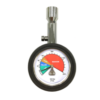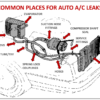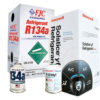Let’s face it, no one likes getting into a vehicle that’s frozen over, however many of us still use the “tips and tricks” of yesteryear to heat our vehicles despite the fact that these are no longer recommended today.
In winters past, vehicles needed to “warm up” in frigid temperatures to allow the correct mix of fuel and air to be delivered to the engine. With the advances made in engine technology in the 1980s and 90s (when the switch was made from carburetor to electronic fuel injection) the correct mix of air and fuel is automatically delivered to the engine with sensors. Today’s vehicles are safe to drive when cold, and in actuality, driving is the quickest way to warm them.
Das Tipico Casino: Ein Paradies für Casino-Liebhaber in Deutschland
Willkommen im Tipico Casino – dem Paradies für alle Casino-Liebhaber in Deutschland! In diesem Artikel tauchen wir ein in die aufregende Welt des Tipico Casinos und entdecken, warum es zu einem der beliebtesten Online-Casinos in Deutschland geworden ist. Mit einer Vielzahl von spannenden Spielen, großzügigen Boni und einer benutzerfreundlichen Plattform bietet das Tipico Casino eine erstklassige Spielerfahrung, die sowohl Anfänger als auch erfahrene Spieler begeistert.
Von Slots über Tischspiele bis hin zu Live-Casino-Optionen – das Tipico Casino hat für jeden Geschmack etwas zu bieten. Wir werden uns die beeindruckende Spielauswahl genauer ansehen, die verschiedenen Bonusangebote erkunden und herausfinden, was das Tipico Casino zu einer erstklassigen Wahl für alle Casino-Enthusiasten macht. Tauchen Sie mit uns ein in die Welt des Tipico Casinos und lassen Sie sich von der Faszination des Glücksspiels verzaubern!
Die Vielfalt der Spiele im Tipico Casino
Das Tipico Casino ist ein wahres Paradies für Casino-Liebhaber in Deutschland. Mit einer breiten Palette an spannenden Spielen bietet es Unterhaltung auf höchstem Niveau. Von klassischen Tischspielen wie Roulette und Blackjack bis hin zu modernen Video-Slots und Jackpot-Spielen gibt es hier für jeden Geschmack etwas zu entdecken.
Neben der Vielfalt an Spielen überzeugt das Tipico Casino auch mit einer benutzerfreundlichen Plattform, schnellen Auszahlungen und einem zuverlässigen Kundenservice. Die Sicherheit und Seriosität des Casinos sind dabei garantiert, da es über eine Lizenz der Malta Gaming Authority verfügt. Für alle, die auf der Suche nach einem erstklassigen Casino-Erlebnis in Deutschland sind, ist das Tipico Casino definitiv eine empfehlenswerte Adresse.
Die Attraktion von Live-Dealer-Spielen im Tipico Casino
Das Tipico online casino ist zweifellos ein Paradies für Casino-Liebhaber in Deutschland. Mit einer vielfältigen Auswahl an Spielen, darunter beliebte Slots, klassische Tischspiele und spannende Live-Casino-Optionen, bietet Tipico eine erstklassige Casino-Erfahrung. Spieler können sich auf hochwertige Grafiken, reibungslose Spielabläufe und lukrative Gewinnchancen freuen.
Zusätzlich zu seinem beeindruckenden Spielangebot punktet das Tipico online casino mit großzügigen Boni und Aktionen, die regelmäßig angeboten werden. Die benutzerfreundliche Website und die mobile App sorgen dafür, dass Casino-Enthusiasten jederzeit und überall auf ihre Lieblingsspiele zugreifen können. Mit einem erstklassigen Kundenservice und einer sicheren Zahlungsabwicklung ist das Tipico online casino die ideale Wahl für alle, die ein erstklassiges Casinoerlebnis suchen.
Tipico Casino: Bonusangebote und Promotionen
Das Tipico Casino ist ein wahres Paradies für Casino-Liebhaber in Deutschland. Mit einer breiten Auswahl an spannenden Spielen bietet es Unterhaltung auf höchstem Niveau. Von klassischen Tischspielen wie Blackjack und Roulette bis hin zu modernen Spielautomaten und Live-Casino-Spielen ist für jeden Geschmack etwas dabei.
Neben der vielfältigen Spielauswahl punktet das Tipico Casino auch mit attraktiven Bonusangeboten und Aktionen für seine Spieler. Neue Mitglieder werden mit einem großzügigen Willkommensbonus begrüßt, der ihnen den Einstieg erleichtert und für zusätzlichen Spielspaß sorgt. Regelmäßige Promotionen und Turniere sorgen dafür, dass es im Tipico Casino nie langweilig wird.
Die benutzerfreundliche Website und die zuverlässige mobile App machen es einfach, das Tipico Casino jederzeit und überall zu genießen. Mit einer sicheren und fairen Spielumgebung sowie einem professionellen Kundenservice setzt das Tipico Casino Maßstäbe in der deutschen Glücksspielbranche und ist die Top-Adresse für alle, die ein erstklassiges Casinoerlebnis suchen.
Kundenservice und Sicherheit im Tipico Casino
Das Tipico Casino ist ein wahres Paradies für Casino-Liebhaber in Deutschland. Mit einer breiten Palette an spannenden Spielen und einer benutzerfreundlichen Plattform bietet es ein erstklassiges Spielerlebnis für alle, die gerne ihr Glück versuchen. Ob klassische Tischspiele wie Blackjack und Roulette oder aufregende Spielautomaten, hier findet jeder das passende Spiel nach seinem Geschmack.
Eine der herausragenden Eigenschaften des Tipico Casinos ist die hohe Sicherheit und Zuverlässigkeit. Als ein etablierter Anbieter in der Glücksspielbranche legt Tipico großen Wert auf den Schutz der Spielerdaten und die Fairness der Spiele. Durch eine Lizenz der Malta Gaming Authority wird die Seriosität des Casinos unterstrichen, was für die Spieler eine beruhigende Gewissheit darstellt.
Neben der beeindruckenden Spielauswahl und der Sicherheit punktet das Tipico Casino auch mit attraktiven Bonusangeboten und Aktionen. Neue Spieler werden mit großzügigen Willkommensboni begrüßt, während treue Kunden regelmäßig von spannenden Promotionen profitieren können. Diese zusätzlichen Anreize sorgen für noch mehr Spaß und Spannung beim Spielen im Tipico Casino.
Insgesamt ist das Tipico Casino eine erstklassige Wahl für alle Casino-Enthusiasten in Deutschland. Mit einer Kombination aus vielfältigen Spielen, Sicherheit, und lukrativen Boni bietet es ein rundum gelungenes Online-Casino-Erlebnis, das keine Wünsche offen lässt. Egal ob Anfänger oder erfahrener Spieler, hier kommt jeder auf seine Kosten und kann sich auf ein unterhaltsames und faires Spielvergnügen freuen.
Zusammenfassend lässt sich sagen, dass das Tipico Casino zweifellos ein Paradies für Casino-Liebhaber in Deutschland ist. Mit einer Vielzahl von Spielen, attraktiven Bonusangeboten und einer benutzerfreundlichen Plattform bietet es eine erstklassige Spielerfahrung. Die Sicherheit und Seriosität des Anbieters sind weitere Pluspunkte, die das Vertrauen der Spieler gewinnen. Ob Slot-Spiele, Tischspiele oder Live-Casino-Action, hier findet jeder sein persönliches Glücksspielvergnügen. Für deutsche Spieler, die nach einer verlässlichen und unterhaltsamen Online-Casino-Erfahrung suchen, ist das Tipico Casino definitiv eine top Wahl.
These steps will give you the fastest engine warm up (and therefore the quickest useful heat) and avoid wasting fuel at idle when you’re getting zero mpg.
